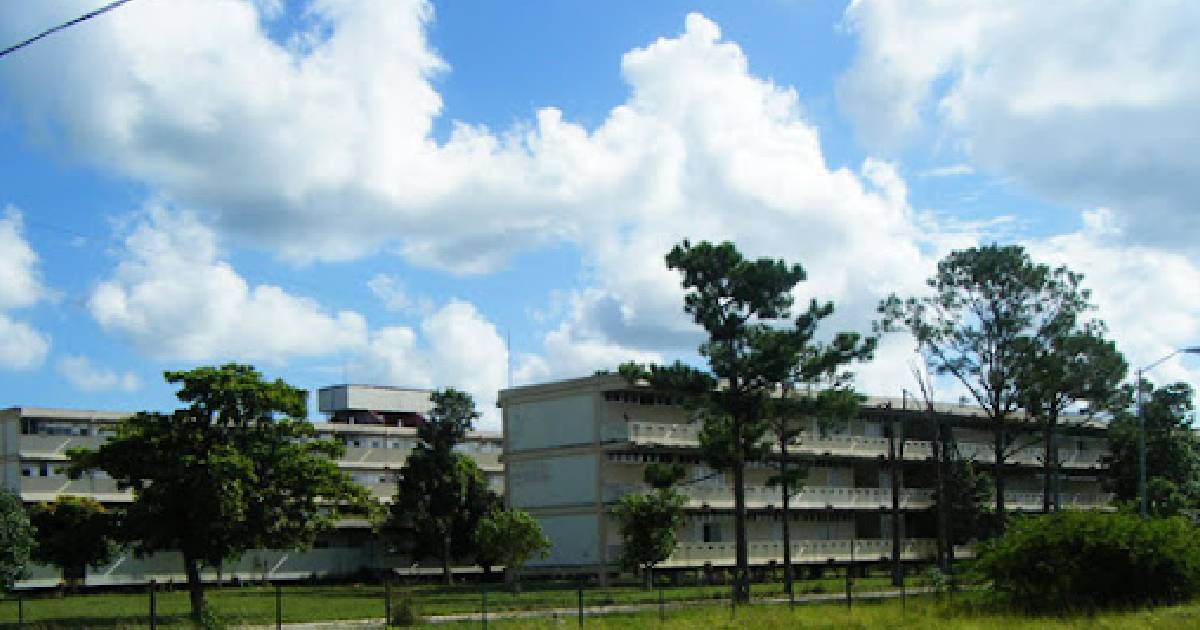The Cuban regime has reintroduced the concept of rural schools for its students, branding it as a “different kind of school in the countryside.” The aim of this revival is to ensure that “students feel connected to impactful tasks,” stated Karenia Marrero Arrechea, the General Director of Education in Havana, during a Mesa Redonda program focused on the upcoming school year on the island.
“We will start with eighth, eleventh grades, and the second year of ETP, in a 15-day period where students, in addition to working in the municipality's organopónicos (urban gardens), will be involved in tasks at plaques and monuments,” announced Marrero Arrechea.
The traditional concept of rural schools, which many Cubans remember as a means of utilizing students as agricultural labor, seems to be shifting from the “countryside” to urban-based tasks such as working in organopónicos or maintaining government-interest sites.
The economic reality of the ongoing food crisis makes it unsustainable for the country to maintain large numbers of people in the camps that once housed young individuals for productive labor.
For over five years, the Cuban regime has been attempting to repurpose the remnants of the so-called “rural schools” into “self-sustaining farms,” as part of its strategy to “boost food production.” These sites have also been converted into housing for farming families, though without providing essential living conditions.
Last year, a quail egg farm for foreign currency sales was inaugurated on the ruins of a rural school in Pinar del Río. The farm, located on the site of the former pre-university school Lázaro Acosta Paulín, near the town of Briones Montoto, is the first of an experiment the government plans to expand across the country.
Despite an investment of 26 million pesos, and the initial adaptation of 4,000 birds on one of the building’s floors, those responsible for the project acknowledged that the adaptation of the quails to this type of environment—with different levels and varying temperatures and wind exposure—remains to be proven in practice.
Understanding the Revival of Rural Schools in Cuba
As the Cuban government attempts to revive rural schools with a new approach, several questions arise about its objectives and sustainability. Here are some key questions and answers to help understand this initiative better.
What is the new approach to rural schools in Cuba?
The new approach involves students working in urban gardens (organopónicos) and maintaining sites of government interest, rather than being sent to rural agricultural fields.
Why is the Cuban government reviving rural schools?
The government aims to engage students in impactful tasks and boost food production by repurposing old rural school sites into self-sustaining farms.
How are the old rural school sites being repurposed?
The sites are being converted into self-sustaining farms or housing for farming families, though often without essential living conditions.
What is the significance of the quail egg farm in Pinar del Río?
The quail egg farm represents the first experiment in repurposing rural school sites for agricultural production aimed at generating foreign currency, with plans for expansion across the country.
